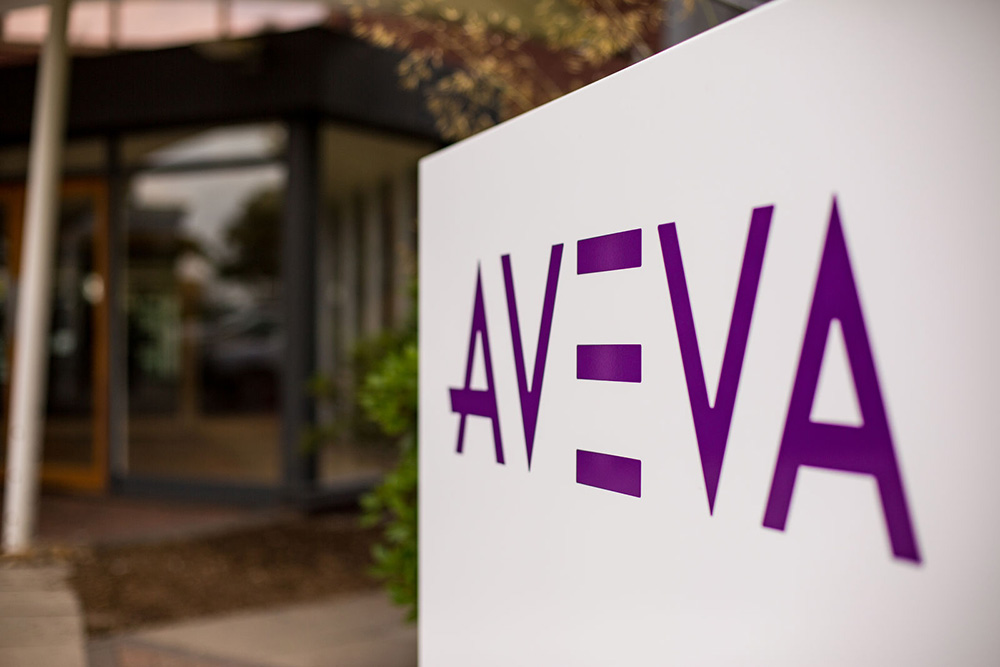Unlocking the benefits of AI-enabled microlearning solution for the water and waste industry
Ian Willetts, AVEVA Vice-President Process & Simulation explains how microlearning can untap skills and workforce agility
WHEN water becomes an increasingly valuable commodity, water and waste management companies come under immense scrutiny. Urbanization, sewer spillage risks, flooding, sustainable energy supply and climate change are but a few environmental challenges facing the industry. The very same companies are also challenged to meet complex operational mandates – and all within different country and regional regulatory frameworks.
The water and waste management industry is fast becoming a technology and science-based operation. New processes, partnerships and a deeper understanding of how laws and regulations are formulated and enacted will require new skill sets not previously seen in the industry. Technologies that are high on the agenda include nanotechnology in water filtration, membrane chemistry, modular hybrid activated sludge digesters, smart monitoring, seawater desalination, and artificial intelligence (AI) and autonomous systems. People, however, remain at the heart of every operation and have the greatest potential to impact performance. Building and maintaining a competent workforce is essential to avoid safety, environmental and production issues.
Demand for adaptive learning with measurable outcomes
The constant state of change that water and waste management industry is facing has a direct impact on employees, who are expected to continue to perform with the highest standards and get up to speed fast without impacting productivity. It is often no longer practical to remove employees from the operation for hours or days for ongoing training. COVID-19 has also significantly impacted global and local mobility, putting businesses under enormous strain and redefining how we approach training. Being agile is an imperative in today’s environment and has made microlearning an ideal fit for workforce upskilling in the modern industrial world.
Microlearning is an approach to learning that delivers content in short, focused bites. It is underpinned by three neuroscience techniques to boost memory long term: spaced repetition, retrieval practice, and confidence-based assessment. Brain science research shows that this is how humans learn best and ensure sustained knowledge and behaviour.
The learning content can take many forms, from text to full-blown interactive multimedia, video clips accompanied by an online test or quiz, audio clips, infographics, or mobile gaming apps. It can be accessed throughout any device on the cloud and fits today’s remote deskless workforce.
These chunks of content are well suited for adaptable, personalized, flexible learning. Like Lego, each piece is customized and can fit and build upon another, and each piece can be part of many different educational activities. Having the content parsed into smaller sections makes it easier to update content that may be obsolete or ineffective. AI features heavily in some of the latest technologies that support microlearning.
How does AI integrate and help with microlearning?
The process of learning in the industrial environment is going through disruptive change, with tools such as AI, AR, and VR playing a key role for a workforce that is both going through a generational transition as well as becoming location independent and increasingly mobile.
By applying AI to the data collected from these microlearning moments, we can continuously identify individual knowledge gaps and automatically adapt the content that is pushed out to fill those gaps. This reinforces the right knowledge and behaviours continuously. The AI element is still a relatively new element in corporate learning, but it will benefit companies in a number of ways.
Making critical behaviours stick
Microlearning shifts training away from ‘one size fits all’ classes to daily, easily digestible question-based sessions that can be tailored to meet individual needs based on cognitive science principles. Our research shows that without reinforcement, people typically forget up to 90 percent of content learned during training within 30 days. However, engagement can increase by up to 80 percent when the business impact of training is being measured against KPIs.
AI-enabled microlearning can protect an organization’s investment in workforce training by ensuring that recipients instinctively know all the crucial information when they most need it. Flexible, on-demand training technologies will also help customers adapt to the new normal caused by disruptions to businesses like the COVID-19 pandemic. The outbreak has exacerbated these challenges and pushed people to accelerate their digital agendas. Remote training goes hand in hand with a remote workforce who may not have the benefit of legacy experience of the factory floor and need to be able to monitor, operate and control industrial processes remotely. AI-microlearning drives performance and makes business-critical behaviours stick.

